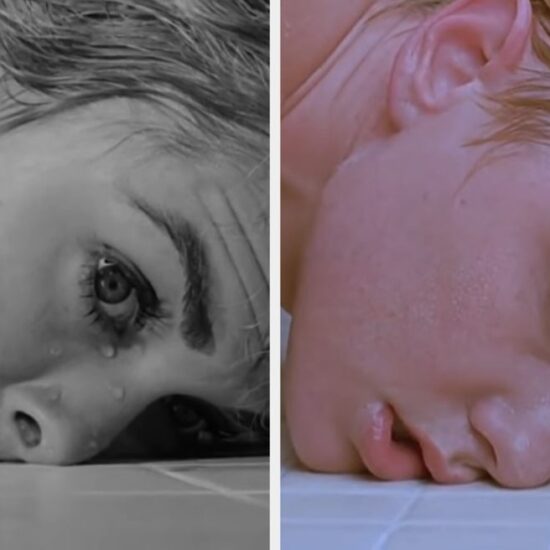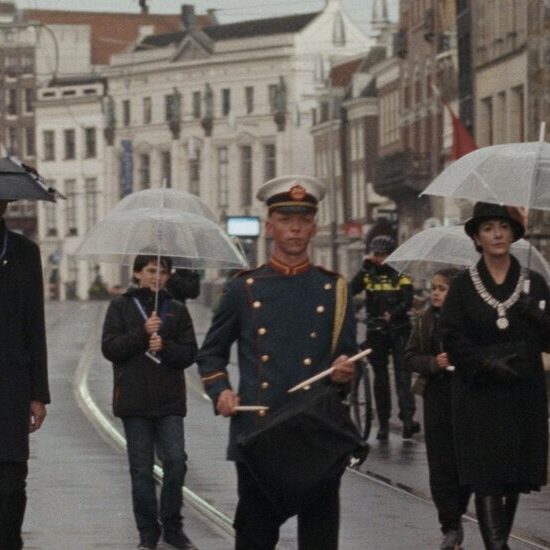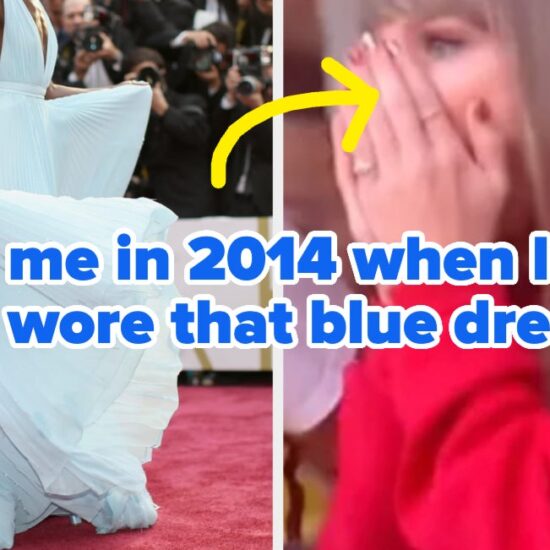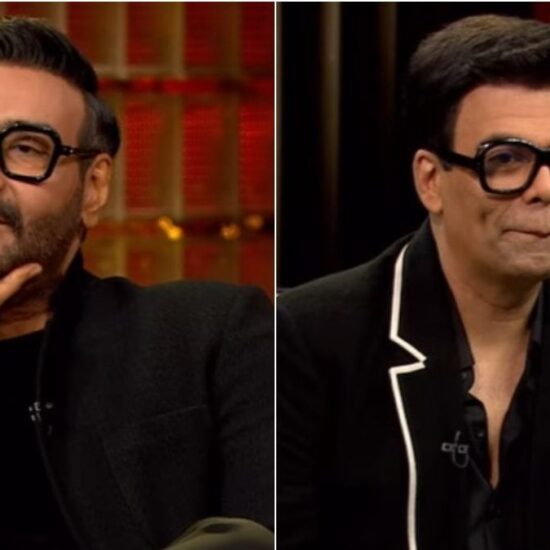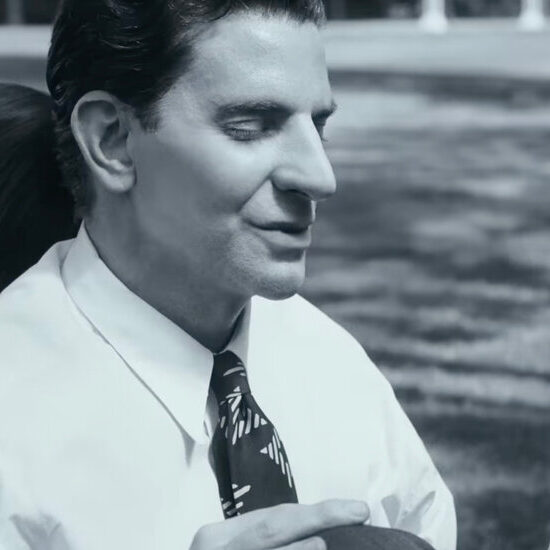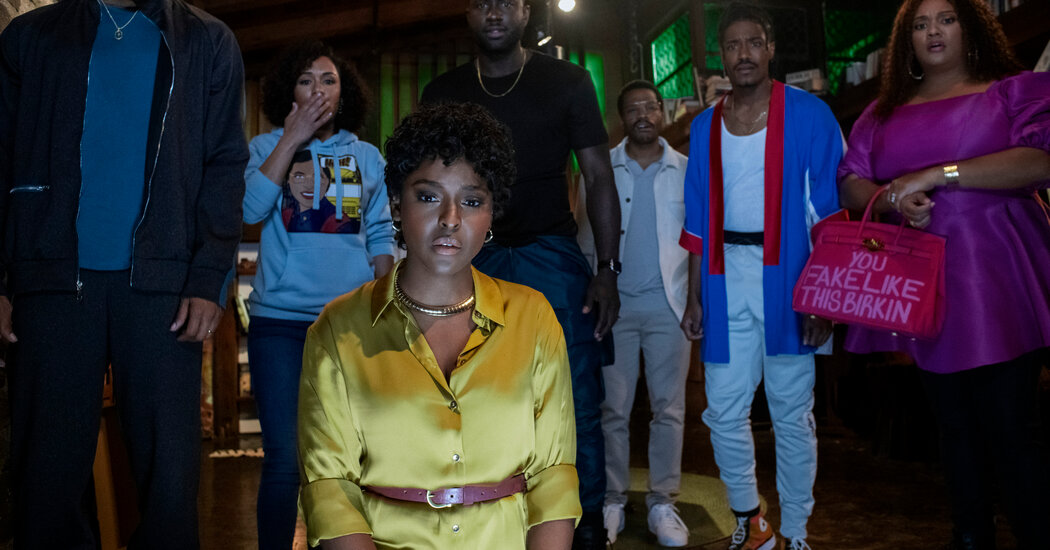
What began as a smirking punchline traded in the clandestine realms of kitchens and living rooms has long since penetrated the mainstream. Now everyone knows: In the American horror film, you can expect the Black character to die first.
That joke forms the foundation of the new horror comedy “The Blackening” (in theaters June 16), which arrives with the tagline, “We can’t all die first.” A Juneteenth weekend away in a remote, cavernous cabin turns deadly for a group of friends when they discover a board game in the basement. A Sambo figurehead occupies the center of the board and tests them on various touchstones of Black culture: What is the second verse of the Black national anthem? How many Black actors have guest starred on the television show “Friends”? A masked figure emerges from the shadows to exact the lethal consequences for wrong answers.
“The Blackening” is based on a Comedy Central sketch of the same name originally developed by the comedian Dewayne Perkins, who co-stars in the film and wrote the script with Tracy Oliver (a writer of “Girls Trip”). In a video interview, Perkins said the concept came about during his time on the Chicago comedy circuit.
“All of the Black people that have been in sketch were like, ‘Oh yeah, we always feel like individually we’re the most expendable within a lot of the institutions that we’re a part of,’” he said. “So that was kind of the impetus. If we put all the Black people together in horror movies, then they’d have to have a system as to who’s going to die first.”
In the short, a group of Black friends confronted by a killer must decide who is “the Blackest” — and therefore liable to be killed first. Of course, the comedy lies in what naturally ensues: Everyone gathered tries to prove they are the least Black. One character retches through repeated attempts at insisting that “All lives matter,” the invalidating response to Black Lives Matter. After seeing the sketch, Oliver tracked down Perkins to adapt the piece into a feature. (“The Blackening” recreates the short in one of its funniest scenes.) Initially attached as a producer, Tim Story, best known for “Barbershop” (2002), fell in love with the script and additionally opted to direct. “It’s something that I really wanted to get to the screen,” Story said.
The comedian and actress Yvonne Orji, who plays Morgan, was also drawn to the subversive script. “We’re turning the stereotype on its head and I love whenever stereotypes are tipped over,” she said.
Foregrounding Black characters in the horror genre upends a fraught legacy that has often deployed them as comic relief or unceremoniously dispensed with them; Perkins explained that it was a purposeful decision to play with these archetypes so that the film is in constant conversation with this history. “My character is a Gay Best Friend, which is a trope. All of these characters, at the beginning, their origin is a trope,” he said. “Then we use the movie to constantly feed that character. And allowing the trope to become a fully realized character was the goal.”
Although “The Blackening” functions principally as a comedy, the film also delivers dynamic moments of suspense and chilling scares, a result of Perkins and Oliver’s enduring admiration of horror cinema. “That was my favorite genre coming up,” Perkins said. ”I think that’s why the movie is so embedded with references.”
And there are references aplenty. An incomplete list includes “The Texas Chain Saw Massacre” (1974), “The Hills Have Eyes” (1977), “Friday the 13th” (1980), “The Evil Dead” (1981), “A Nightmare On Elm Street” (1984), “The People Under the Stairs” (1991), “Jumanji” (1995), “Scream” (1996), and “I Know What You Did Last Summer” (1997). “The Blackening” revved up audiences last fall when it premiered at the Toronto International Film Festival. And ahead of its release, it will screen as part of the Tribeca Festival, including a screening on June 13 at the Apollo Theater.
Story brought his experience directing comedies to the funnier elements of the film, but he saw a challenge in tackling its scarier moments. “The cool thing about just being a movie lover is you actually end up studying all types of these genres,” he said. “I always wanted to mess with horror, but I had to find something that was still in my world.”
The film’s title recalls an idea mentioned in a recently published book, “The Black Guy Dies First: Black Horror Cinema From Fodder to Oscar,” by Robin R. Means Coleman and Mark H. Harris. The authors describe the increase in Black cinema representation of the late 1960s — or the “Blackening.” Both writers are particularly united in their love of George Romero’s “The Night of the Living Dead” (1968), in which the Black guy famously dies last, if doubly tragically: He manages to survive a zombie apocalypse only to be killed by a vigilante mob. Harris credited the film with inspiring what he called in an interview his “love for horror.” Coleman and Harris chronicle these cycles of diversity — which inevitably meet an abrupt end — in their book, from the Blaxploitation era to the urban horror of the ’90s and now this latest, respectable generation of transparently politicized horror.
Although she accounted for the rise and fall of these past movements, Coleman said, “We’re moving away from what I conceptualize as Blacks in Horror to Black Horror, which really is a reflection of Black life and culture, experience.” Coleman, a scholar who also wrote “Horror Noire: Blacks in American Horror Films From the 1890s to Present,” praised the innovation in recent horror films, citing Nia DaCosta’s “Candyman” (2021). “There’s art, there’s music, the vernacular, all of that is there.”
In a testament to the sudden streamlining of the genre, at least two of the actors in “The Blackening” can already count prominent features from this wave of social-justice horror among their work. Sinqua Walls, who plays Nnamdi, recently appeared in the Sundance Grand Jury prizewinning film “The Nanny” (2022), and the “Saturday Night Live” veteran Jay Pharoah, who plays Morgan’s boyfriend, Shawn, was in the horror-comedy “Bad Hair” (2020). Pharoah said that he was happy to be in these genre films because of their distinct popularity.
“It’s going to be some niche of people or this cult fan base that you have no idea about, that has watched your stuff over and over again,” he said. “They can quote everything and they know how you die. It’s just a cool thing to be a part of.”
For Story, filming “The Blackening” was joyous.
“What was great about making this movie,” he said, “it was dipped in celebration. I mean, that’s what’s so much fun about it. We are giving the foundation for a lot of great conversations. We want it to represent us and the many facets of us; and also invite others to make their version.”
Audio produced by Adrienne Hurst.








